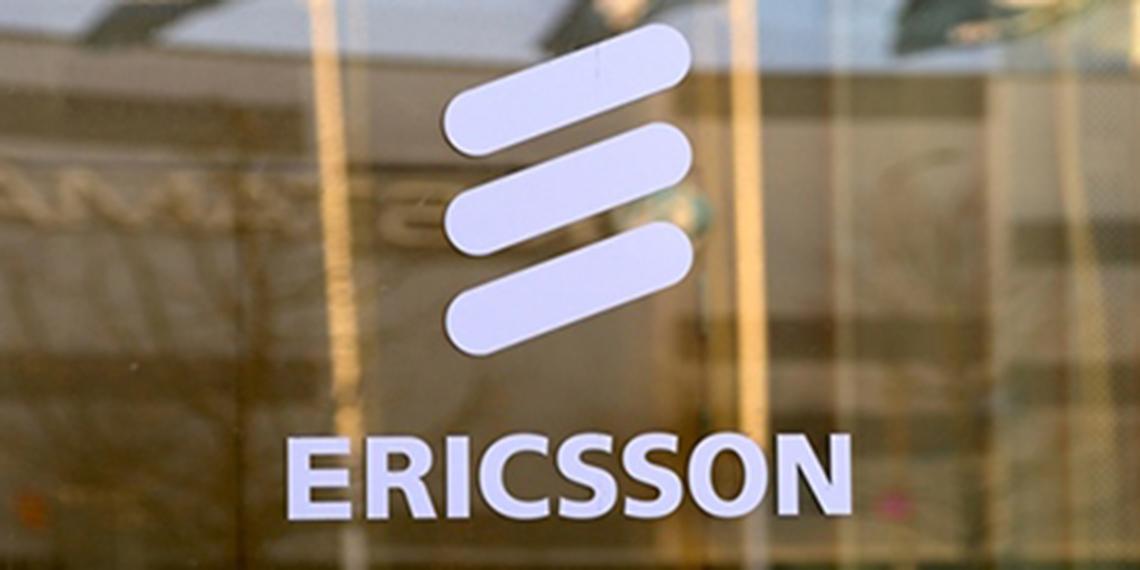5G subscription uptake will commence in 2020 and is expected to be faster than 4G. The development of 5G is being driven by new use cases that will impact both consumers and industries. New applications and use cases anticipated for 5G include safe, self-driving cars, remote controlled robots, haptic feedback-enabled drones and fixed wireless access - rivalling fiber capacity - for residential homes. As a result, mobile operators are today planning for their 5G future.
Ericsson is already working with more than 20 leading mobile operators worldwide on 5G networking and use cases, including 5G field trials in 2016. To facilitate rapid evolution of 5G access networks and the successful adoption of 5G services, Ericsson has announced 5G Plug-Ins, which are software-driven innovations that bring essential 5G technology concepts to today's cellular networks.
5G applications and use cases will leverage existing networks
LTE will continue to expand and evolve, addressing both an increased number of subscribers and their growing demands for extreme app coverage for data and video, as well as new low power wide area (LPWA) applications for the Internet of Things (IoT). In 2019, LTE will be the dominant mobile access technology globally and will reach a total of 4.3 billion subscriptions by the end of 2021.
In parallel, the development of 5G will encompass an evolution of today's radio access technologies and the addition of new, globally standardized technologies, often in higher frequencies. These higher frequencies have a shorter transmission range than current cellular networks and are prone to attenuation from foliage and weather-related factors, which can impact performance and reliability. However, the key success factor in 5G will not only be effectively leveraging these new spectrum bands, but also ensuring that the "whole is greater than the sum of its parts" when it comes to combining LTE with new radio access technologies.
This is where Ericsson 5G Plug-Ins come in. Ericsson 5G Plug-Ins are software-driven innovations supported by the Ericsson Radio System, and are specifically focused on capabilities that operators can leverage within current networks to facilitate their evolution to 5G.
Ericsson 5G Plug-Ins are available for operator trials starting in 2016 and will be available for commercial networks starting in 2017.
The 5G ecosystem
5G will impact the entire mobile network and associated ecosystem, from devices to radio access to the mobile core and into the cloud. Ericsson 5G Plug-Ins are designed for the radio access network and leverage the technology innovations enabled by the award-winning Ericsson 5G Radio Test Bed and Ericsson 5G Radio Prototypes already deployed and in field trials in Japan, South Korea, the US and Sweden. Ericsson 5G Radio Prototypes have already achieved peak downlink throughput of more than 25Gbps.










